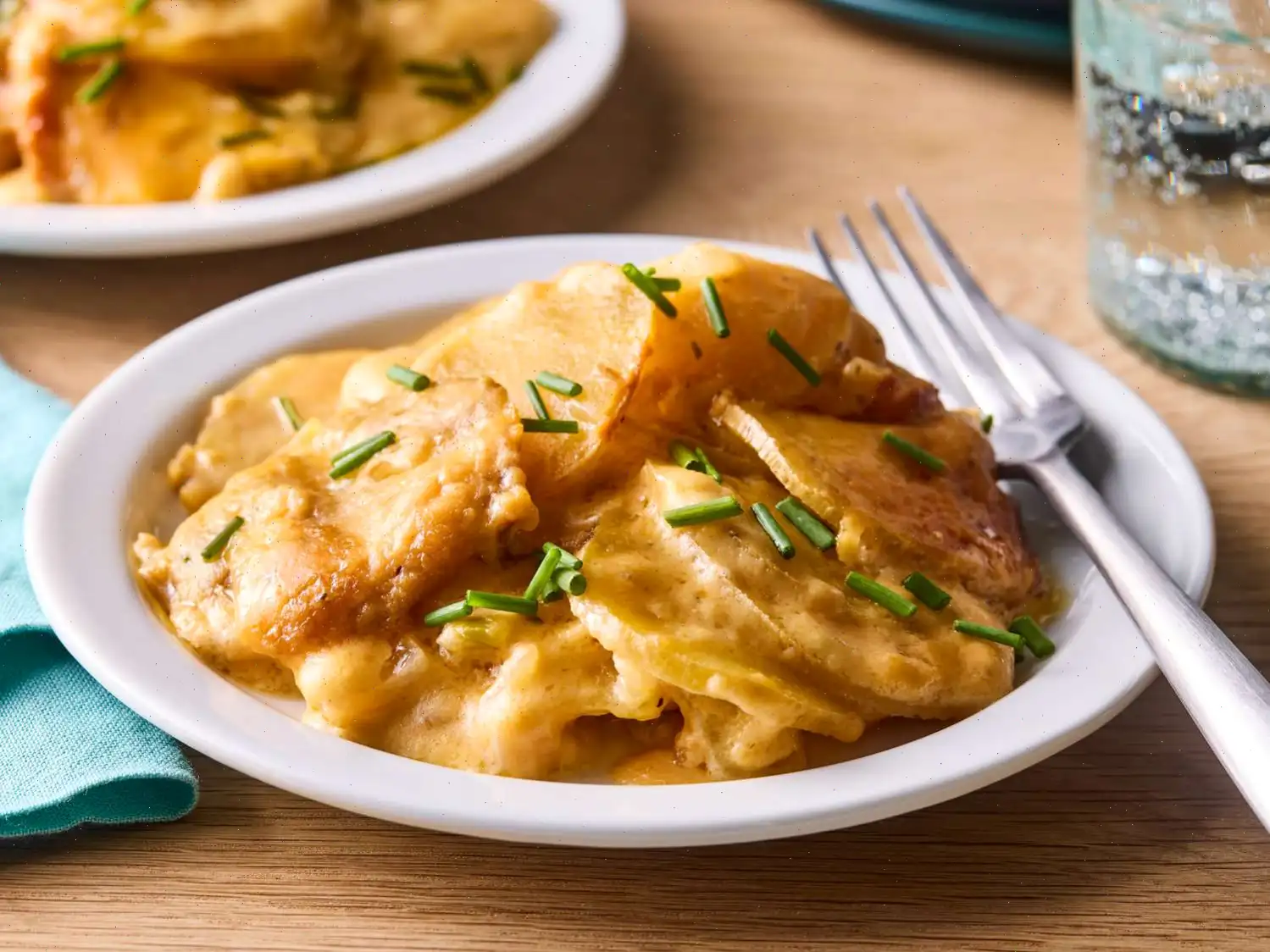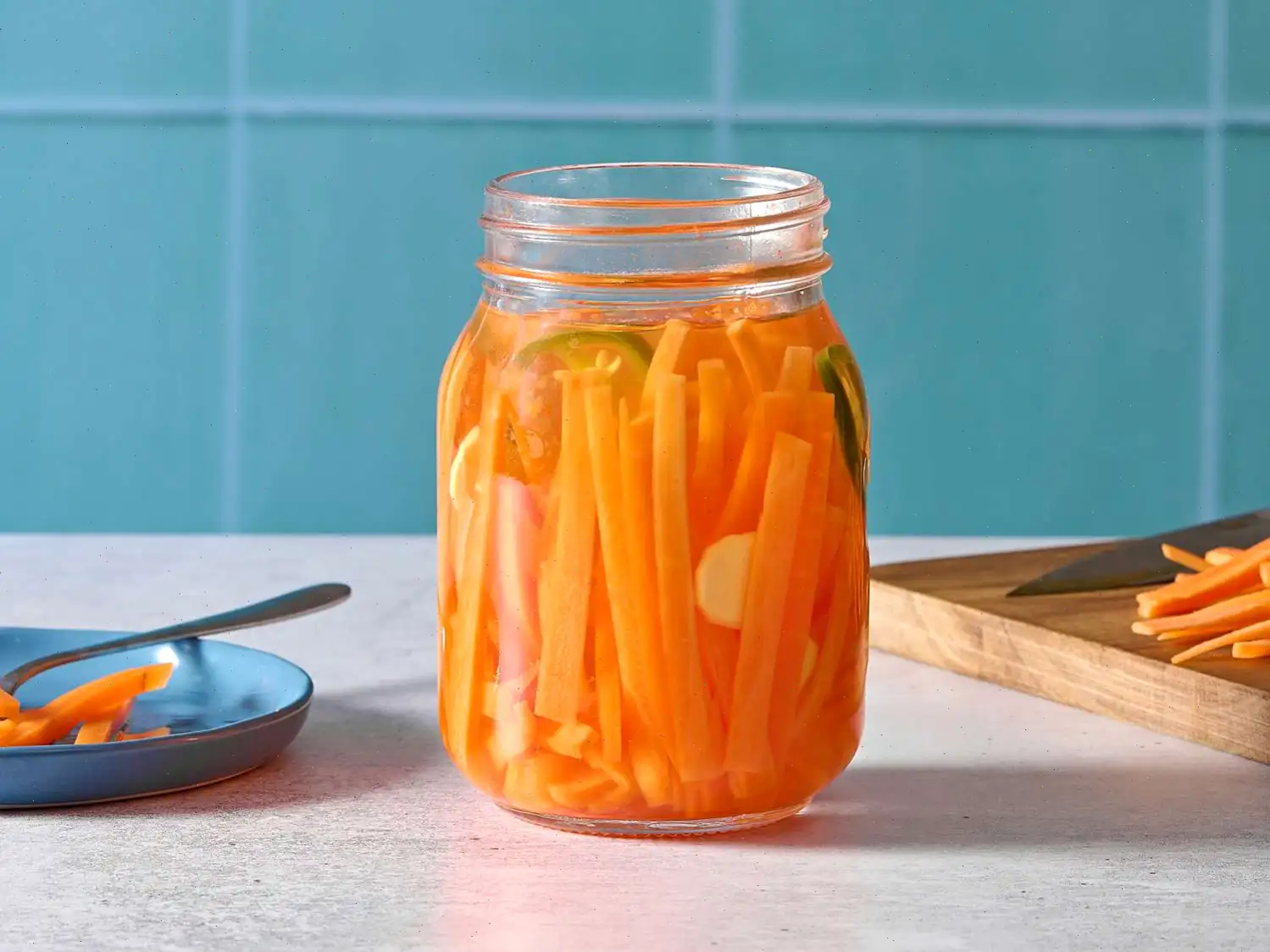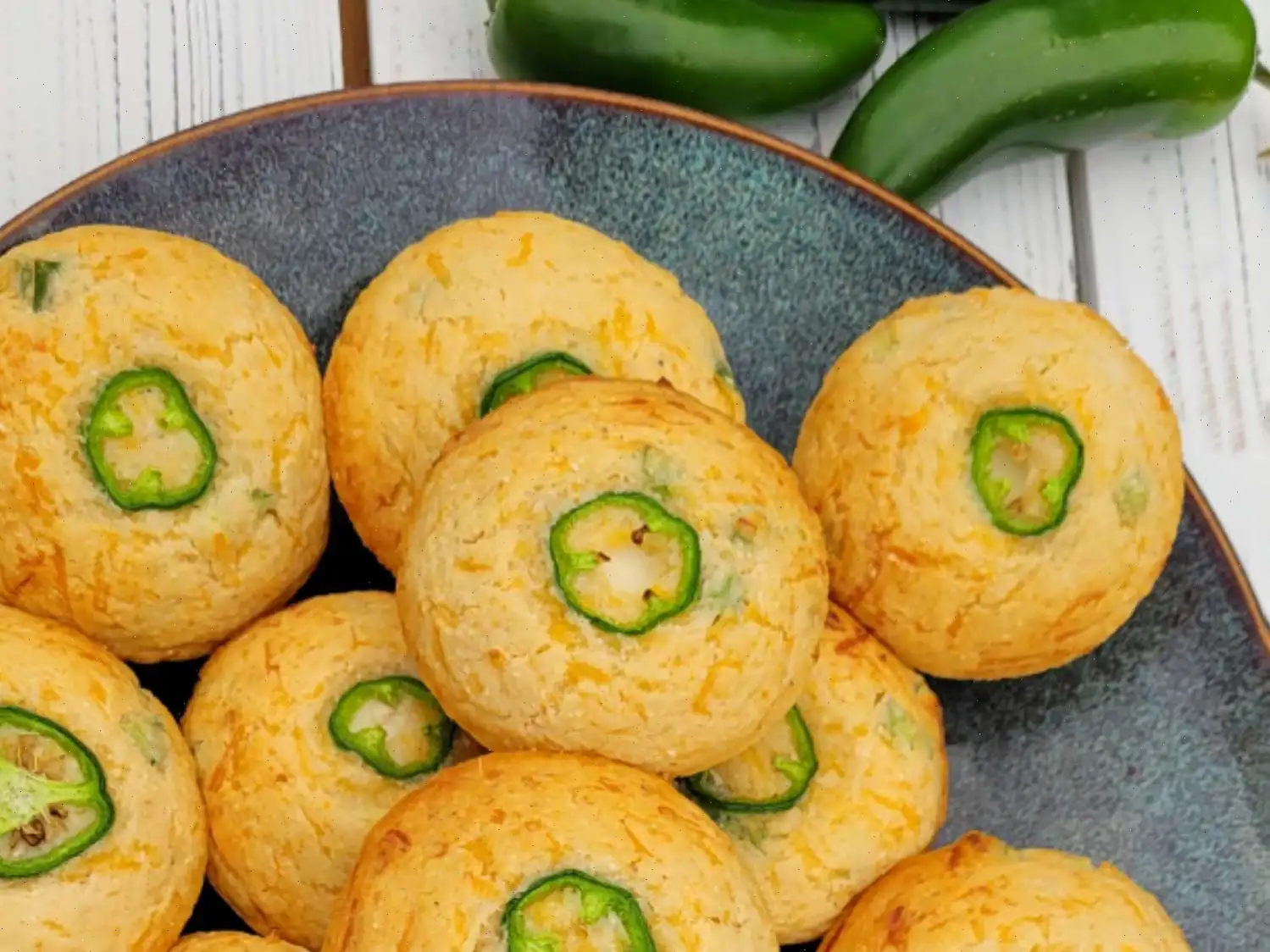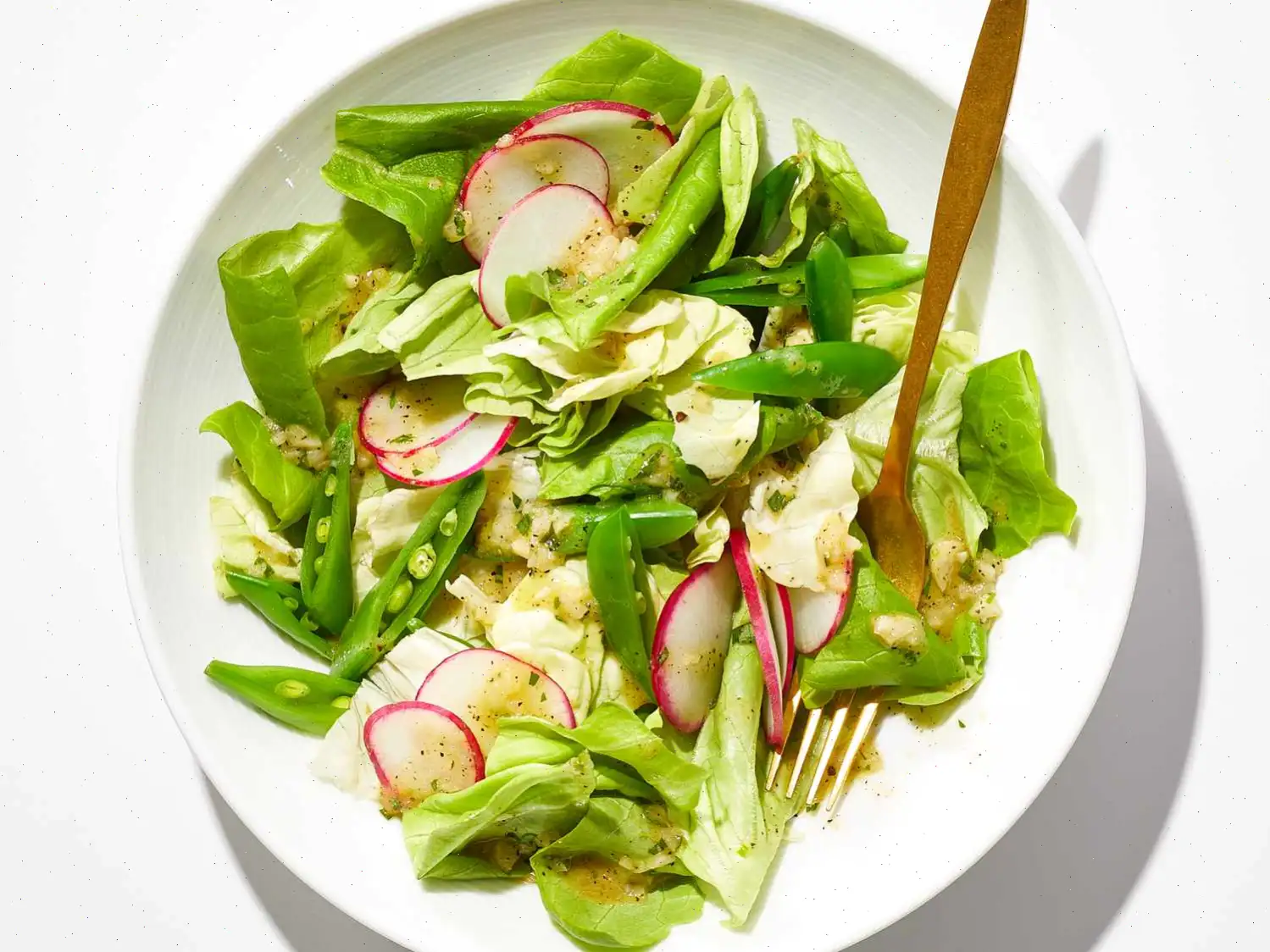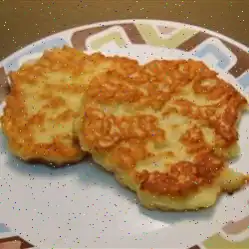
Plant Based Cheese Sprinkles Recipe
Recipe: Cashew Nutritional Yeast Mix
Ingredients (for 25 servings):
- 1/2 cup cashews
- 1/2 cup nutritional yeast
- 1 teaspoon garlic powder
- 1/2 teaspoon onion powder
- 1/2 teaspoon salt
Directions:
Step 1: Place the cashews in a food processor. Pulse until they break down into tiny crumbs.
Step 2: Remove the lid and add the nutritional yeast, garlic powder, onion powder, and salt to the processor.
Step 3: Pulse a few more times until the mixture is evenly combined, with a crumb-like texture, but not fully powdered.
Nutrition Facts (per serving):
- Calories: 25
- Fat: 1g
- Carbs: 2g
- Protein: 2g
Nutrition Breakdown (per serving):
| Nutrition | Amount | % Daily Value* |
|---|---|---|
| Total Fat | 1g | 2% |
| Saturated Fat | 0g | 1% |
| Cholesterol | 0mg | 0% |
| Sodium | 62mg | 3% |
| Total Carbohydrate | 2g | 1% |
| Dietary Fiber | 1g | 3% |
| Total Sugars | 0g | - |
| Protein | 2g | 3% |
| Vitamin C | 0mg | 0% |
| Calcium | 4mg | 0% |
| Iron | 0mg | 1% |
| Potassium | 42mg | 1% |
* Percent Daily Values are based on a 2,000 calorie diet. Your daily values may vary depending on your calorie needs.

Origin and History
The origin of plant-based cheese sprinkles can be traced to the rise of the vegan movement in the early 21st century, as more individuals sought alternatives to dairy-based products. As plant-based diets gained popularity due to concerns about health, animal welfare, and environmental sustainability, plant-based cheese alternatives began to emerge. The concept of "cheese" sprinkles made from nuts, seeds, and yeast was a natural progression, offering a dairy-free, flavorful substitute for traditional cheese toppings. Cashews, in particular, are known for their creamy texture, which makes them an ideal base for creating a cheese-like consistency when paired with nutritional yeast.
Regional Features
Plant-based cheese sprinkles have become a popular topping in a variety of vegan and vegetarian recipes worldwide. While the dish does not have a specific regional origin, it is commonly found in Western countries, especially in the United States and Europe, where veganism has become a mainstream dietary choice. The use of nutritional yeast as a cheese substitute is widespread, particularly in the United States, where it is used in everything from pasta and salads to popcorn and baked goods. In some regions, particularly those with a high concentration of vegan restaurants, plant-based cheese sprinkles are served alongside other plant-based dishes to enhance flavor and texture.
How It Differs from Similar Dishes
Unlike traditional cheese sprinkles made from dairy, plant-based cheese sprinkles are entirely vegan and free from animal products. They are typically made by blending cashews with nutritional yeast, garlic powder, onion powder, and salt, which gives them a savory, cheesy flavor without the use of actual cheese. This is a significant difference from dairy-based cheese, which is high in saturated fats and cholesterol. Moreover, while dairy cheese can be rich and creamy, plant-based cheese sprinkles offer a lighter, crumbly texture that can mimic the experience of cheese without the heaviness.
Where It Is Typically Served
Plant-based cheese sprinkles are commonly used as a topping for a variety of vegan and vegetarian dishes. They can be sprinkled over pasta dishes, roasted vegetables, salads, or soups for added flavor. Additionally, they work well as a garnish for vegan pizzas or as a seasoning for popcorn. These sprinkles also make an excellent addition to grain bowls, avocado toast, or any dish that could benefit from a cheesy flavor without the dairy. Many plant-based restaurants and cafes offer them as a vegan alternative to traditional cheese, often alongside other dairy-free condiments.
Interesting Facts
- The primary ingredient in plant-based cheese sprinkles, cashews, are rich in healthy fats and protein, making them a great option for vegan diets.
- Nutritional yeast, which gives plant-based cheese sprinkles their cheesy flavor, is also a source of B vitamins, including B12, which is often lacking in vegan diets.
- These sprinkles are not only vegan but are also gluten-free, making them suitable for a wide range of dietary needs.
- Despite being a plant-based substitute, the flavor and texture of plant-based cheese sprinkles can be remarkably similar to traditional grated cheese, making them a popular choice among those transitioning to a vegan lifestyle.
- Plant-based cheese sprinkles can be stored for several weeks when kept in an airtight container, making them a convenient and long-lasting addition to your pantry.
Recipe for Plant Based Cheese Sprinkles
Ingredients
- 1/2 cup cashews
- 1/2 cup nutritional yeast
- 1 teaspoon garlic powder
- 1/2 teaspoon onion powder
- 1/2 teaspoon salt
Instructions
- Place cashews in a food processor. Pulse until tiny crumbs form.
- Remove the lid and add the nutritional yeast, garlic powder, onion powder, and salt. Pulse just a few more times until combined, and the mixture has a crumb texture but is not yet a powder.
Nutrition Information (per serving)
- Calories: 25 kcal
- Fat: 1g
- Carbohydrates: 2g
- Protein: 2g
- Fiber: 1g
- Sodium: 62mg
You can listen to this recipe in AI audio format. Simply click the play button below to listen to the content in a format that suits you best. It’s a great way to absorb information on the go!



